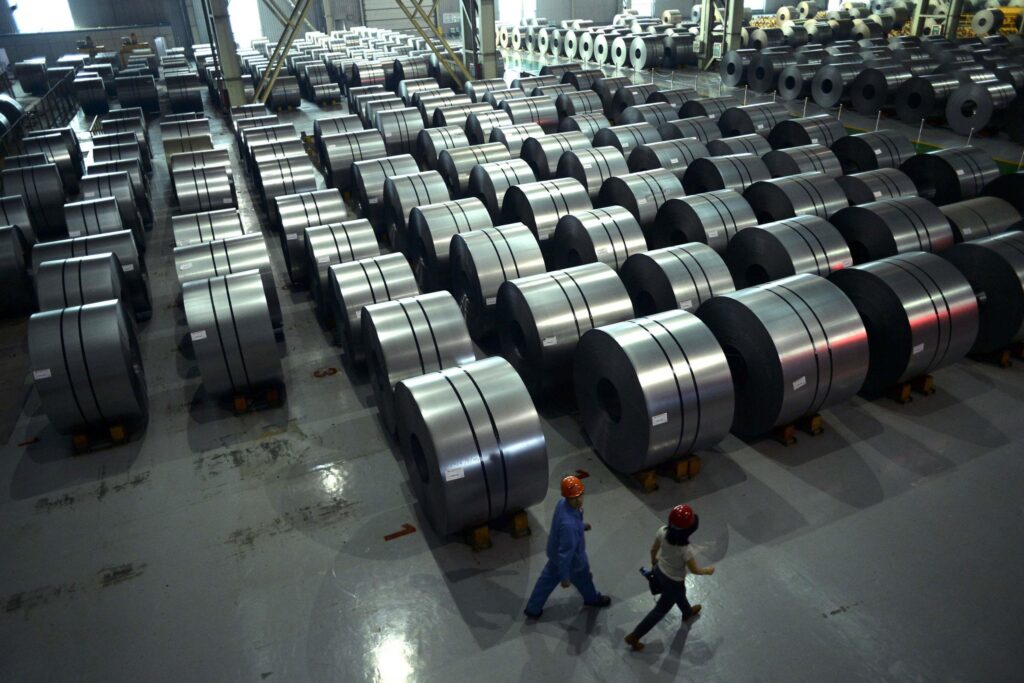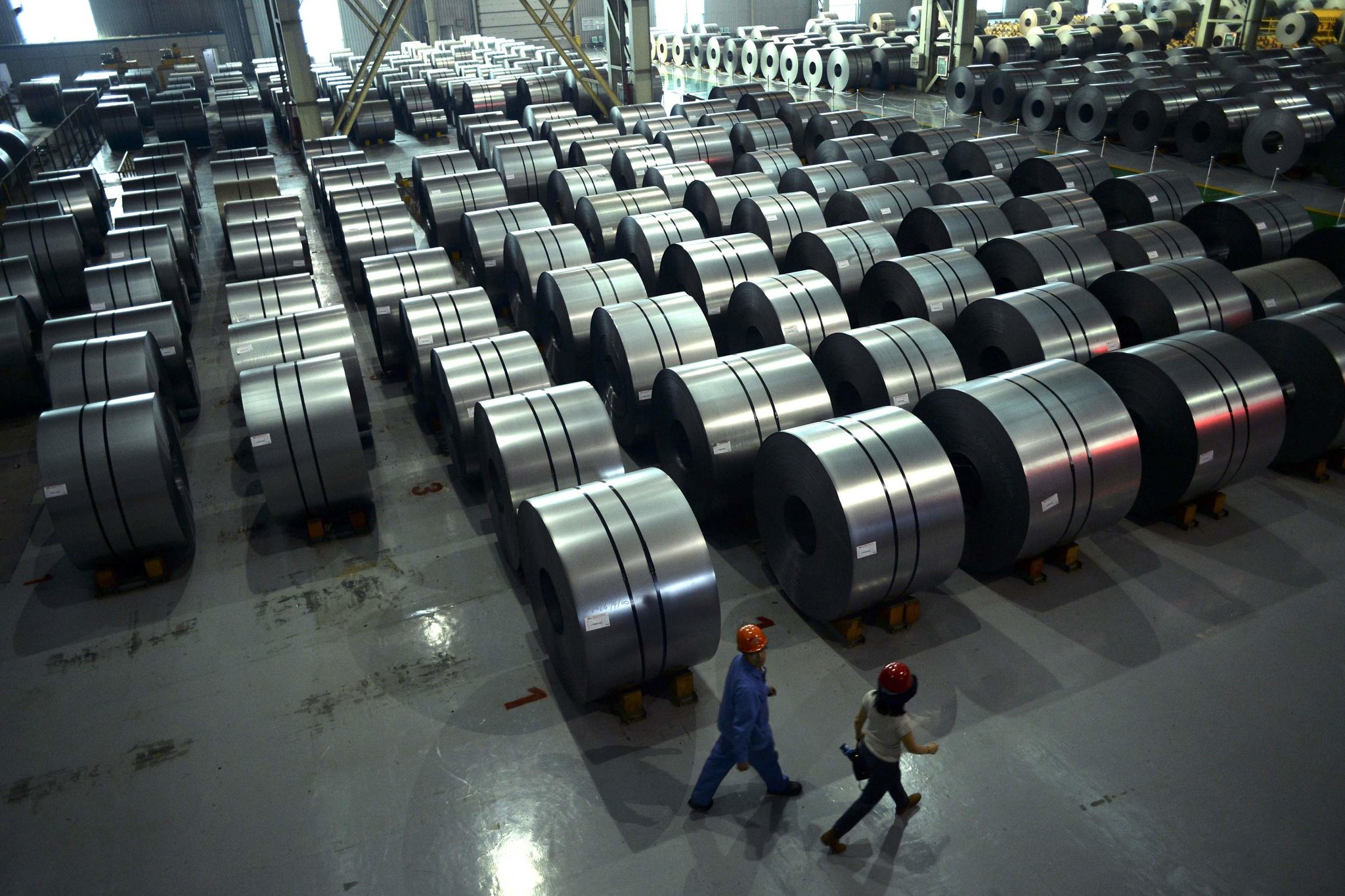
The European steel coil market was set to see higher prices early in 2021, with EU mills sold out until the second quarter and lead times extending as far out as May, industry sources said.
Hot-rolled coil, cold-rolled coil and hot-dipped galvanized products have become difficult to acquire, with buyers who once relied primarily on imported material now seeking orders from domestic sellers.
“Customers just follow whatever [price] is available. There is a lot of interest from people who do not [normally] buy from us, or who have not bought from us in years,” one European mill source said. “They hope we can help them.”
While Indian players were offering HRC at Eur685/mt ($840/mt) CIF Italy ports and CRC at Eur780/mt CIF Antwerp, long delivery times and the European Commission’s anti-dumping investigation against Turkey has seen cautious buyers hesitate in taking foreign material.
EU mills ride price wave
HRC spot prices were expected to touch Eur700/mt by mid-Q1, sources said, even though increased offers from ArcelorMittal in December saw HRC hit a nine-year high.
Mills had been pushing to finalize deals ahead of the year-end break in order to capitalize on the forward pricing momentum, sources said, with mill-side players confronted with a backlog of requests from customers eager to book material at prevailing prices.
While prices were expected to move higher, “if we reach the level of Eur700-800/mt ex-works Italy, I believe that the Koreans, Taiwanese, Vietnamese and Turks might think of coming back to Europe,” an Italian trader said.
“For European mills, it could be very risky to keep increasing prices.”
Capacity issues
The supply tightness facing the EU steel market was initially a result of coronavirus pandemic-induced production cuts in March, followed by unexpected automotive demand that mills have struggled to accommodate and — to some extent — found difficult to understand given the lack of customer demand for cars.
Approximately 31 million mt of blast furnace capacity was idled during the first wave of the pandemic, with just 8 million mt having restarted in September, according to data from UBS.
“Producers took out their blast furnaces to a minimum level [during the pandemic], and now mills are not able to adjust their production to current demand,” a German trader said.
There was talk the supply tightness will intensify as the extra capacity from blast furnaces returning online will be canceled out by delayed maintenance and decommissioning.
In the Italian market, a service center source said he was unable to fulfill previously agreed quantities due to the shortage. “We speak with customers and say for Q1 we can only sell you 90% of the volume we agreed because the situation is an emergency.”
Sources said the unexpected surge in demand from the automotive industry since last summer period had led to orders exceeding available steel capacity.
A German service center source said the restocking phase which began in the fourth quarter may eventually lead to a supply glut. “We could see an overstocking situation after Q1 … we will see pressure from the second quarter onwards,” the source said. “Volumes will be [arriving] in the supply chain in the next months.”
Other market participants said rising scrap, iron ore and coking coal costs would prevent any price correction in H1 2021.
“There won’t be a situation in the market that would reduce Q2 prices. It all depends on additional capacity, lead times, and if imports come back,” an Italian trader said.
Germany
Crude steel output in November in Germany – Europe’s biggest producer – was 15% higher year on year at 3.38 million mt, according to steel federation WV Stahl, as production recovered after the first wave of COVID-19.
“This is the second time in a row that the result is above that of the same month last year and the cautious upward trend has continued,” WV Stahl said. “However, the increase of 15% must be seen against the backdrop that production in November 2019 was extremely weak.”
For the first 11 months of 2020, German crude steel production was down 12%.
“After 2009, 2020 will, in all probability, be the weakest year in [steel] production since German reunification,” WV Stahl said.
— Amanda Flint






